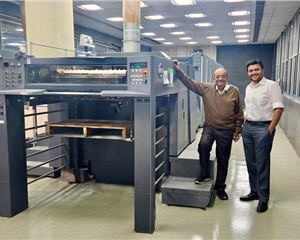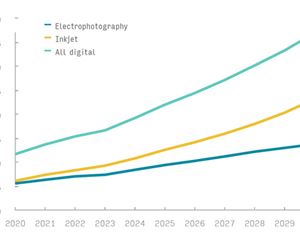Saraswati Printers adopts Indus ERP to drive growth
Kolkata-based Saraswati Printers has adopted Indus Print ERP to streamline operations and manage rapid growth in both commercial and packaging segments.
22 Aug 2025 | By Noel D'Cunha
Founded in 2006 by Pramod Luharuka and his wife, Manjushree, the family-run business began with no factory floor or machinery, acquiring its first offset press after five years. By 2025, it ran four offset machines alongside a fully equipped pre-press and post-press setup, delivering end-to-end printing and packaging solutions. The team expanded from 12 to 80 employees in just the last two and a half years.
The sharp rise in scale created the need for systems that could manage complexity. “We realised that growth could not be managed only through manpower and instinct,” said Archit Luharuka, CEO of Saraswati Printers. “We needed a system that gave us visibility, accuracy and the ability to scale without losing control.”
Indus Print ERP centralised processes across estimation, planning, inventory, production and dispatch in a single transparent platform. Archit added that the biggest change had been consistency. “ERP helped us become more disciplined. It brought transparency to our workflows and ensured that everyone in the team was aligned with the same information in real time.”
Alongside ERP, Saraswati built its own tools for finance, performance tracking and real-time monitoring, creating a hybrid backbone that combined external technology with in-house innovation. The company also pushed into business-to-consumer (B2C) categories with premium stationery and lifestyle products.
The business remained tightly family-led, with Pramod providing technical and product leadership, Manjushree overseeing finance and operations, and Yashita leading research and product development.
Looking ahead, Luharuka set the direction through what he called Vision 2030. “Our plan was to expand into design-led B2C products that matched international quality while deepening automation, ERP and AI analytics across the plant,” he explained.
For Luharuka, the lesson was straightforward. “Every business goes through phases when growth feels stuck or directionless. For us, ERP was the tool that brought clarity. If our experience could help another printer in that phase, we were happy to share it.”












 See All
See All